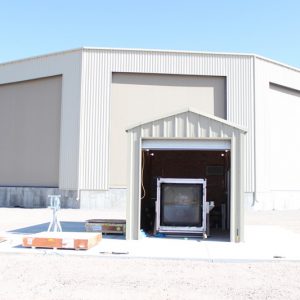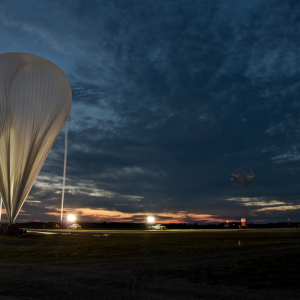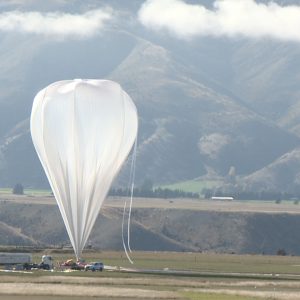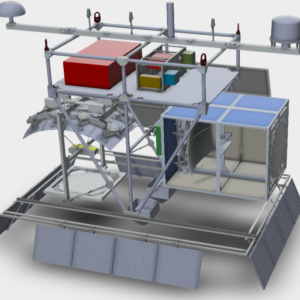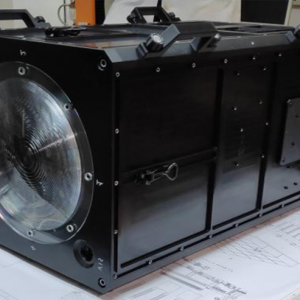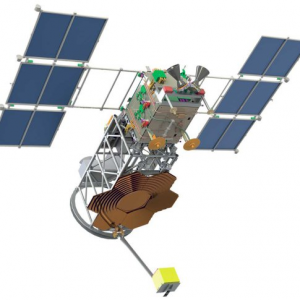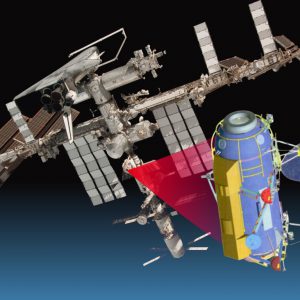The origin and nature of Ultra-High Energy Cosmic Rays (UHECRs) remain unsolved in contemporary astroparticle physics. A cutoff in the cosmic ray energy spectrum clearly appears at ∼ 1020 eV in the data of HIRES, Telescope Array and Auger on ground experiments. It is well known that the detection of events with energy ≥ 1020eV is challenged by the GZK effect, which limits the highest detectable energy at ∼ 1020 eV due to photopion production in the interaction of UHECR on the microwave fossil radiation of the Big Bang, as suggested also by the HIRES and Telescope Array data, or by nuclei photodisintegration as indicated by the Auger results. However, the possibility that the cutoff at ∼ 1020eV can be intrinsic to the acceleration power of the astrophysics cosmic ray sources remains alive. Moreover, indications of sources or excesses in the arrival direction distribution of UHECRs have been claimed by Telescope Array, in the Northern Hemisphere, and by Auger, in the Southern Hemisphere. To give an answer to these questions is rather challenging because of the extremely low flux of a few per km2 per century at extreme energies such as E > 5 × 1019eV.
The objective of the JEM-EUSO program, Joint Exploratory Missions for Extreme Universe Space Observatory, is the realization of a space mission devoted to scientific research of cosmic rays of highest energies. Its super-wide-field telescope will look down from space onto the night sky to detect UV photons emitted from air showers generated by UHECRs in the atmosphere.
About 300 researchers from 16 countries are collaborating in JEM-EUSO, with the support of the most important International and National Space Agencies and research funding institutions.
Meetings
The 38th JEM-EUSO International Collaboration meeting
December 8 - 12, 2025 @RIKEN, Saitama, Japan
The 37th JEM-EUSO International Collaboration meeting
May 31 - June 6, 2025 @APC, Paris, France
The 36th JEM-EUSO International Collaboration meeting
December 9 - 13, 2024 @Chicago, U.S.A.
PBR meeting
June 8, 2024 @Trento, Italy
The 35th JEM-EUSO International Collaboration meeting
June 3 - 7, 2024 @Trento, Italy
The 34th JEM-EUSO International collaboration meeting
November 13 - 17, 2023 @APC, Paris, France
PBR (EUSO-SPB3) meeting
November 11 - 12, 2023 @APC, France
The 33rd JEM-EUSO International collaboration meeting
June 12 - 16, 2023 @Torino, Italy
The 32nd JEM-EUSO International collaboration meeting
November 28 - December 2, 2022 @RIKEN, Saitama, Japan
The 31st JEM-EUSO International Collaboration meeting
June 13 - 17, 2022 @Colorado School of Mines, USA
The 30th JEM-EUSO International collaboration meeting
December 6 - 10, 2021 @APC, Paris, France
The 29th JEM-EUSO international collaboration meeting
June 7 - 11, 2021 @Colorado School of Mines
The 28th JEM-EUSO international collaboration meeting
November 30 - December 4, 2020 @Italy
The 27th JEM-EUSO International Collaboration Meeting
June 15 - 19, 2020 @SINP, MSU, Moscow, Russia
The 26th JEM-EUSO International Collaboration Meeting
December 2 - 6, 2019 @RIKEN, Wako, Japan
The 25th JEM-EUSO International Collaboration Meeting
June 10 - 14, 2019 @Lodz, Poland
The 24th JEM-EUSO International Collaboration Meeting
December 3 - 7, 2018 @Kobe, Hyogo, Japan
The 23rd JEM-EUSO International Collaboration Meeting
June 11 - 15, 2018 @Mürren, Switzerland
The 22nd JEM-EUSO International Collaboration Meeting
December 4 - 8, 2017 @RIKEN, Wako, Japan
The 35th International Cosmic Ray Conference (ICRC2017)
July 12 - 20, 2017 @Busan, South Korea
The 21st JEM-EUSO International Collaboration Meeting
June 19 - 24, 2017 @University of Chicago, Chicago, USA
The 20th JEM-EUSO International Collaboration Meeting
December 12 - 16, 2016 @RIKEN, Wako, Japan
The 19th JEM-EUSO International Collaboration Meeting
June 20 - 24, 2016 @APC, Paris, France
The 18th JEM-EUSO International Collaboration Meeting
December 7 - 11, 2015 @Stockholm, Sweden
The 34th International Cosmic Ray Conference (ICRC2015)
July 30 - August 6, 2015 @Hague, The Netherlands
The 17th JEM-EUSO International Collaboration Meeting
June 22 - 26, 2015 @RIKEN, Wako, Japan
News
Mini-EUSO
A paper, “Observation of night-time emissions of the Earth in the near UV range from the International Space Station with the Mini-EUSO detector”, has been published.
K-EUSO
A paper, “Status of the K-EUSO Orbital Detector of Ultra-High Energy Cosmic Rays”, has been published.
EUSO-Balloon
A paper, “A Review of the EUSO-Balloon Pathfinder for the JEM-EUSO Program”, has been published.
EUSO-SPB1
Launched in April 2017. A summary paper, “EUSO-SPB1 mission and science”, has been published.
EUSO-SPB2
EUSO-SPB2 has been launched successfully at Wanaka, New Zealand on May 13, 2023.
EUSO-TA
Upgrade of the DAQ electronics is in progress.
